- You are here:
-
Home

-
Asian e-Marketing

-
September 2010

- Buzzword: Pay-Per-Performance (PPP) Advertising
-

EdTech Intel: 6 Ways AI is Revolutionizing Online Learning
After years of steadily picking up steam, online learning is experiencing undeniable explosive growth. The market is racing toward $1 trillion, with the corporate e-learning space expected to skyrocket 250% in the coming years. As e-learning continues to expand beyond the walls of academia, another game-changing phenomenon is going mainstream in a big way: artificial intelligence (AI).
-

GSMA report predicts tenfold rise in 5G mobile connections in Asia Pacific by 2030 as digital transformation gathers pace
5G will account for over two-fifths (41%) of mobile connections in the Asia Pacific (APAC) region by 2030, up from 4% in 2022, according to the GSMA's Mobile Economy APAC 2023 Report.
-

Enhanced Google Play Protect real-time scanning for installation of sideloaded apps
Google is making Google Play Protect’s security capabilities even more powerful with real-time scanning at the code-level to combat novel malicious apps. Google Play Protect will now recommend a real-time app scan when installing apps that have never been scanned before to help detect emerging threats.
-

Appier integrates GenAI into its products to optimize key marketing applications for businesses
Appier announces that it has integrated Generative AI (GenAI) technology into three major marketing capabilities across its product lines. By connecting its advanced GenAI algorithms with OpenAI's ChatGPT language model, Appier can leverage the power of pioneering technology to help businesses increase productivity through advertising keywords and targeting parameters generation; intelligent conversational chatbot creation; and marketing copywriting and automatic content generation.
-

Alibaba Cloud unveils new AI Model to support enterprises' intelligence transformation
Alibaba Cloud, the digital technology and intelligence backbone of Alibaba Group unveiled its latest large language model, Tongyi Qianwen.
-

Meltwater Brings Powerful New Enterprise Suite to APAC
Meltwater, a global leader in media intelligence and data analytics, today announced the availability of Meltwater Enterprise Intelligence Suite, a comprehensive offering that promises vital insights and transformative impact to enterprise clients.
-

Plans for further integration of IBM watsonx with AWS
IBM announced plans to expand its relationship with Amazon Web Services to help more mutual clients operationalize and derive value from generative artificial intelligence.
-

Bilateral 5G roaming agreements will push global losses to $8 billion by 2028
A new study from Juniper Research has found losses from global roaming fraud are anticipated to exceed $8 billion by 2028, driven by the increase in bilateral roaming agreements for data-intensive use cases over 5G networks. In turn, it predicts fraudulent data traffic will account for 80% of global operator roaming-based losses by 2024.
-

With new brand identity. LG aims to actively communicate with customers beyond generations and locations
LG Electronics (LG) unveiled a new brand direction and visual identity, which will shed more light on the value of Life's Good with a more dynamic and youthful look across all physical and digital customer touch points.
-

Pirate streaming and torrent sites provide real cybersecurity harms for Philippine consumers
Asia Video Industry Association (AVIA), with Dr Paul Watters of Cyberstronomy, have released a new report, Consumer Risks from Piracy in the Philippines, that once again highlights the possible dangers Filipino consumers face when accessing pirate sites.
-

Protecting Data in the Cloud
Organizations in Singapore are increasing their reliance on the cloud. Nearly nine in ten organizations in the country are using cloud services, with about 70% taking a hybrid cloud approach.
-

Yahoo DSP advertisers now have access to low carbon PMPs
Yahoo and purpose-led ad platform Good-Loop announced a global partnership offering carbon neutral private marketplace (PMP) media opportunities to advertisers to help them become more sustainable.
-

Mutual exchange of threat intelligence and security innovations bolsters Singapore’s cyber resilience
Google and the Cyber Security Agency of Singapore (CSA) announced a strategic collaboration to bolster Singapore’s cyber resilience. This partnership covers four key pillars: threat intelligence sharing, joint operations, technical collaboration, and ecosystem development.
-

Strategic merger of three digital technology firms in Asia
Three prominent digital services companies in Asia – Digile Technologies, Reveron Consulting, and Innopia Global – have merged to create a digital services powerhouse with a formidable presence in the Asian region.



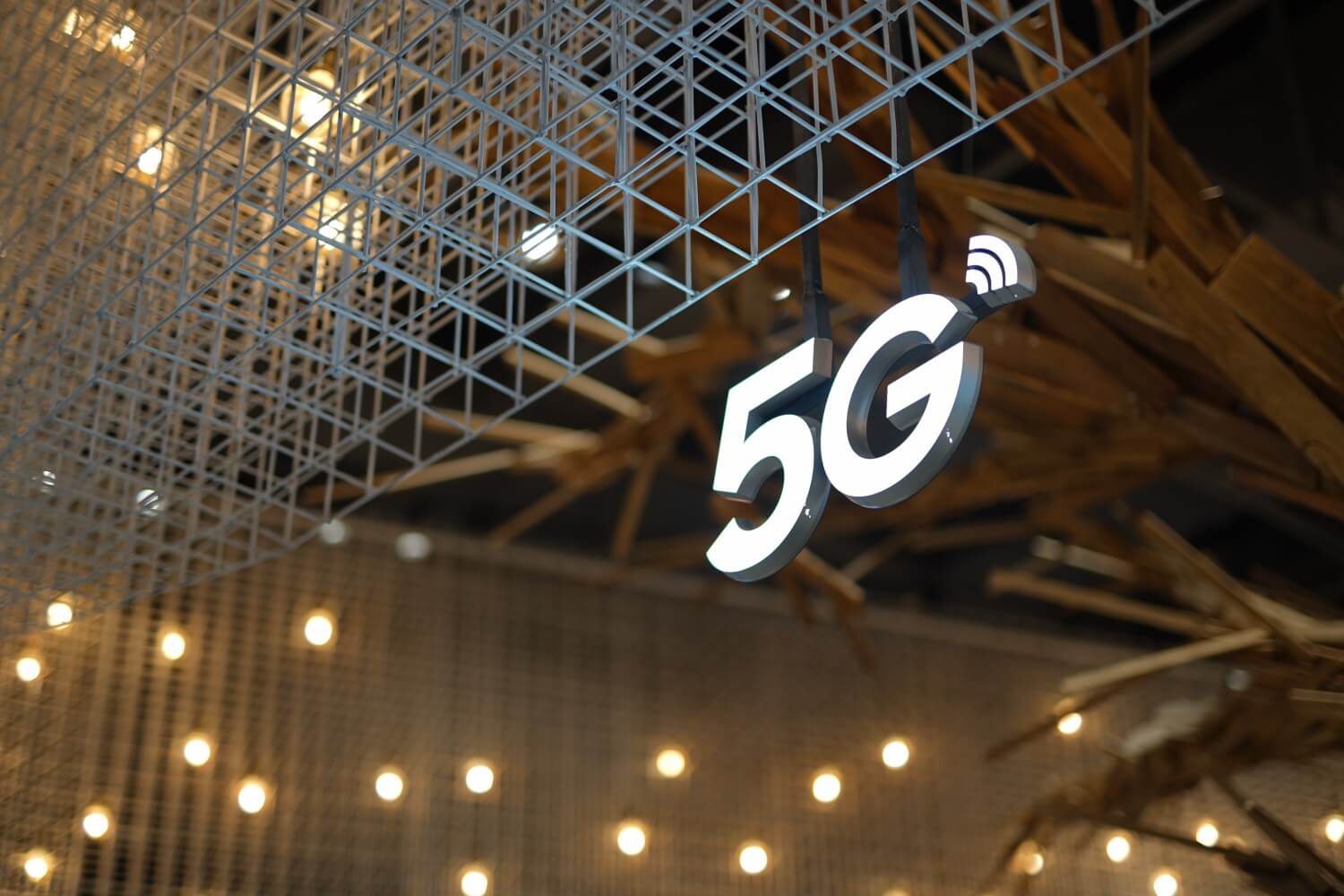
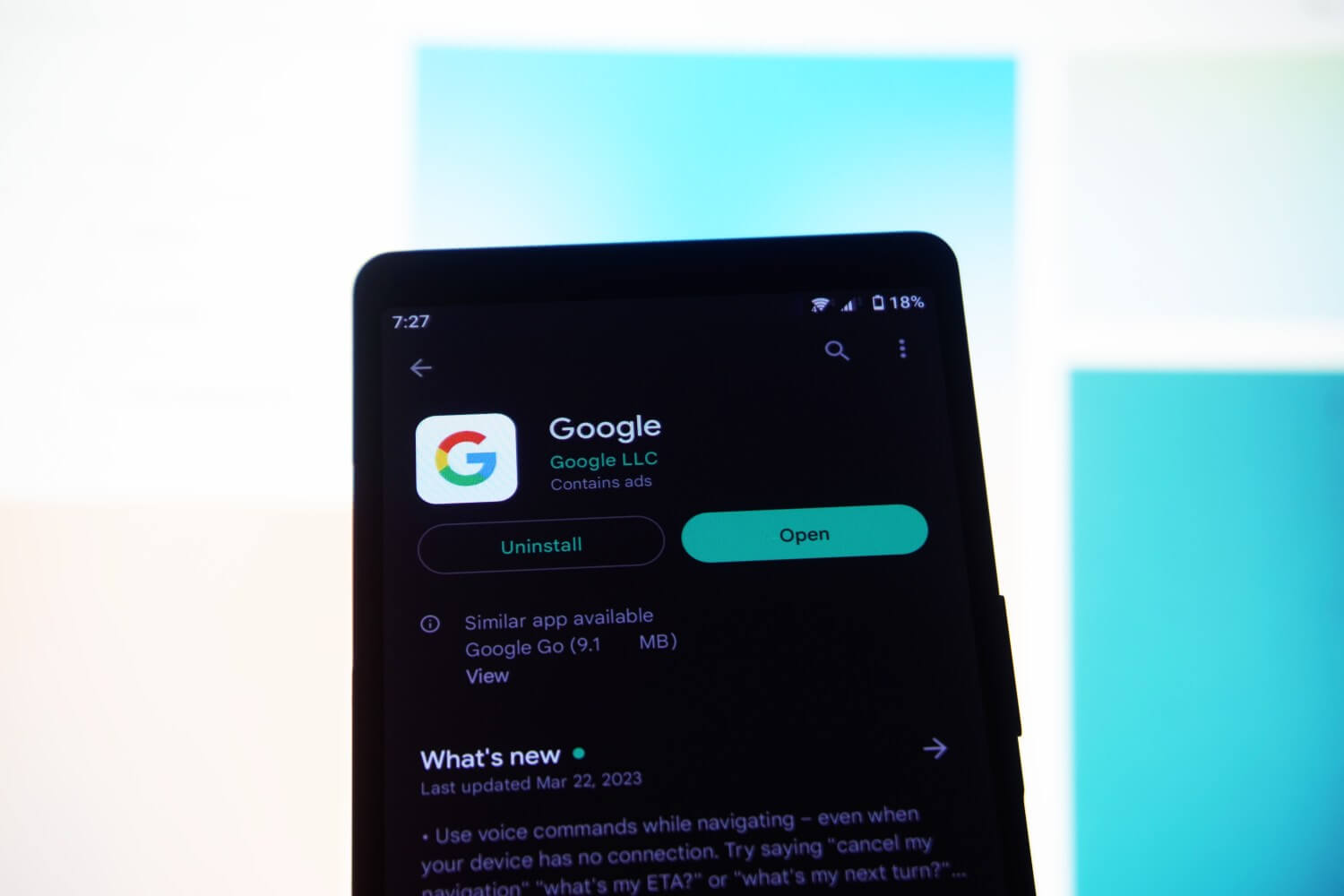
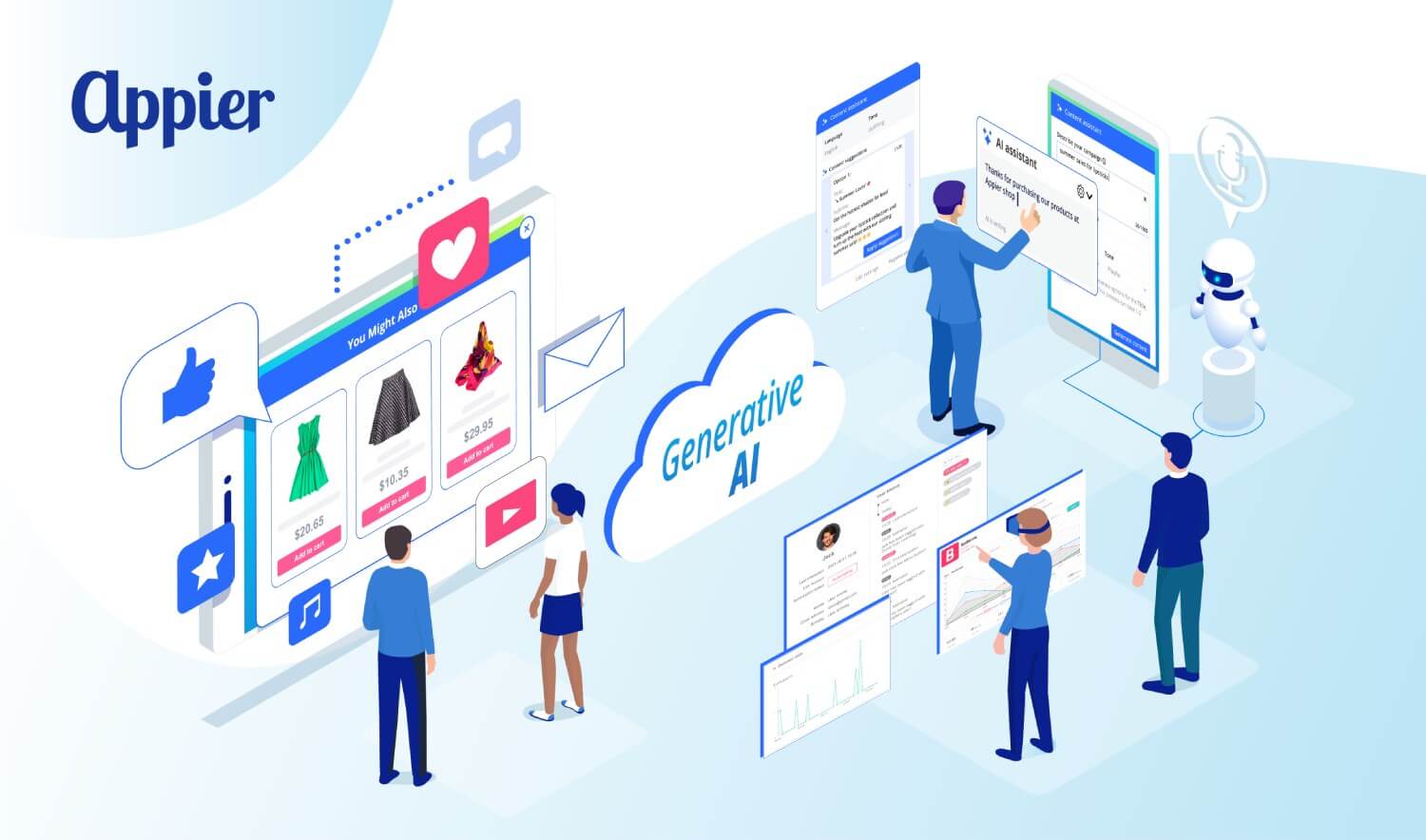




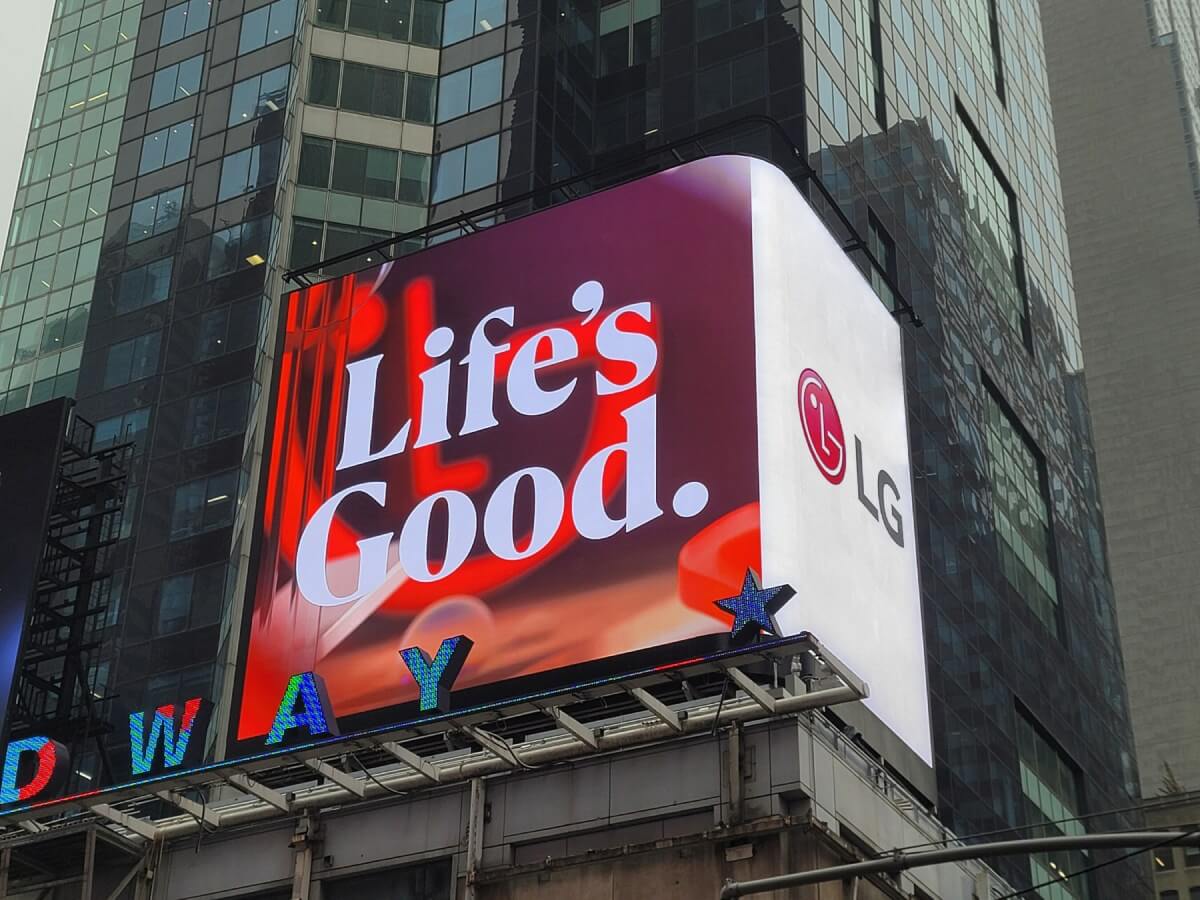




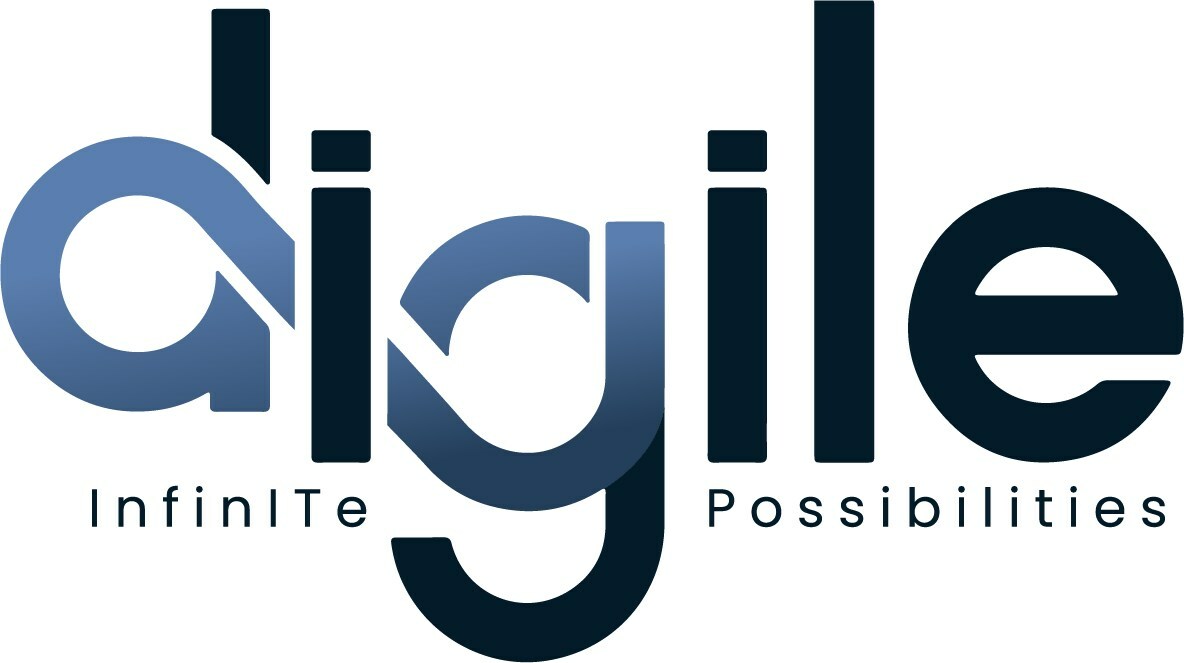



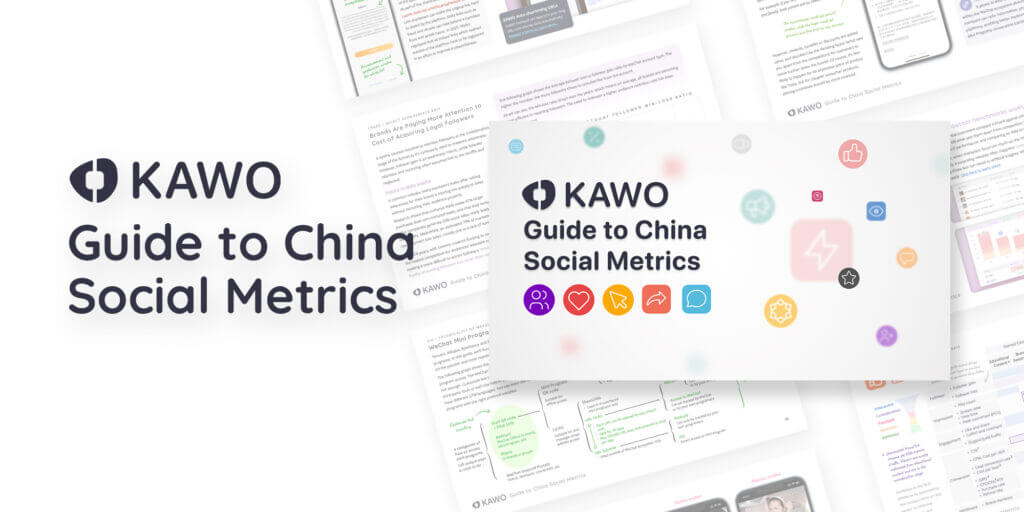
 Pay-Per-Performance Advertising, or PPP, is a term used in Internet marketing to define a popular pricing model whereby a marketing agency receives a payment from an advertiser for each new lead or new customer obtained for the advertiser through the agency's online marketing efforts.
Pay-Per-Performance Advertising, or PPP, is a term used in Internet marketing to define a popular pricing model whereby a marketing agency receives a payment from an advertiser for each new lead or new customer obtained for the advertiser through the agency's online marketing efforts.

































